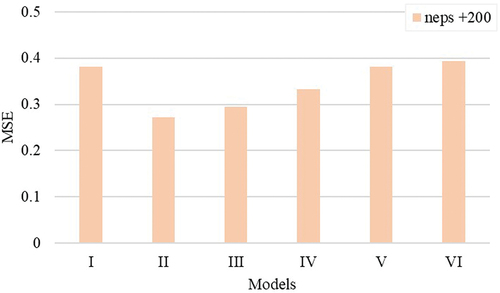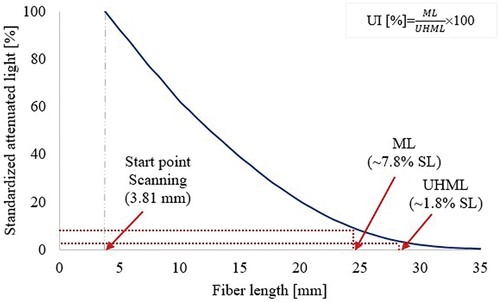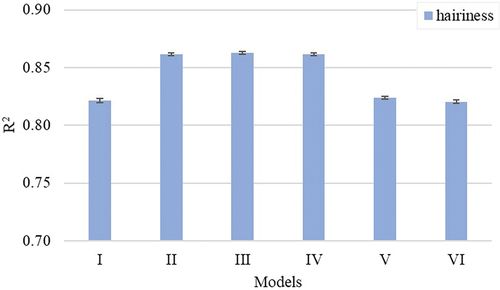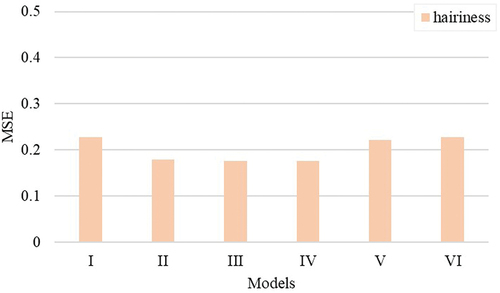Figures & data
Table 1. Descriptive statistics of 60 commercial-like samples from the 2016 crop year.
Figure 2. The amount of variation explained (R2) in yarn tenacity (g/tex) by different yarn quality prediction models.
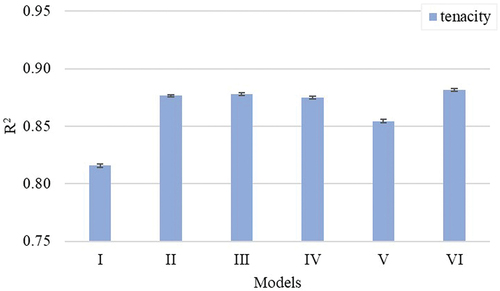
Figure 3. Performance of different yarn quality models while predicting yarn tenacity (g/tex) based on MSE.
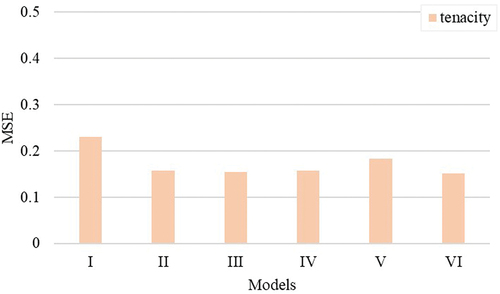
Figure 4. The amount of variation explained (R2) in yarn work-to-break by different yarn quality prediction models.
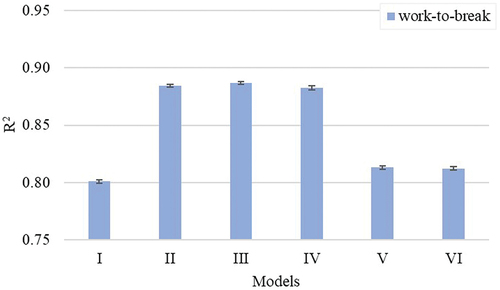
Figure 5. Performance of different yarn quality models while predicting yarn work-to-break based on MSE.
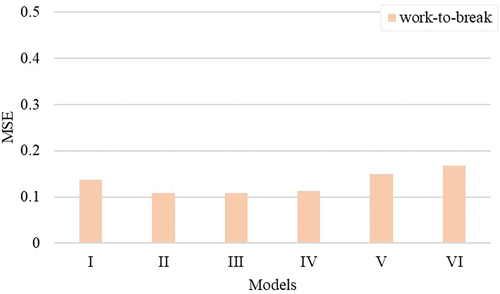
Figure 6. The amount of variation explained (R2) in yarn coefficient of mass variation (CVm %) by different yarn quality prediction models.
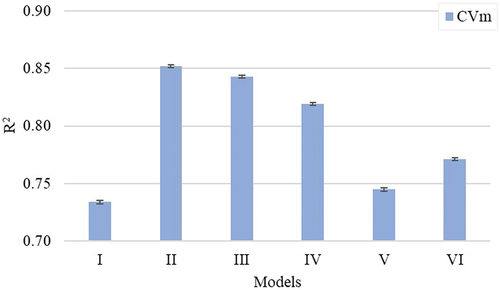
Figure 7. Performance of different yarn quality models while predicting yarn coefficient of mass variation (CVm %) based on MSE.
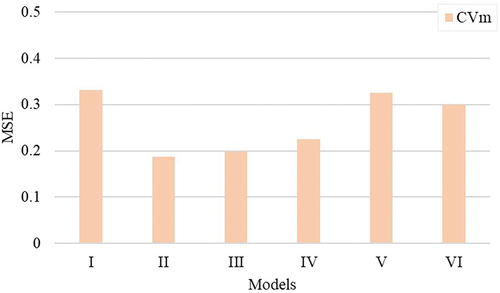
Figure 8. The amount of variation explained (R2) in yarn thin places − 50% (counts/km) by different yarn quality prediction models.
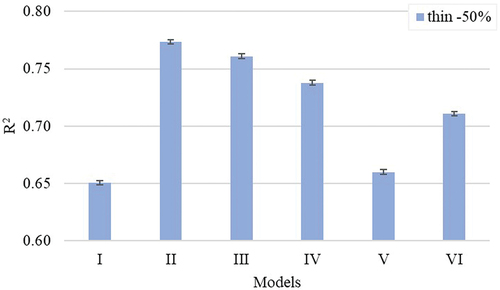
Figure 9. Performance of different yarn quality models while predicting yarn thin places − 50% (counts/km) based on MSE.

Figure 10. The amount of variation explained (R2) in yarn thick places + 50% (counts/km) by different yarn quality prediction models.
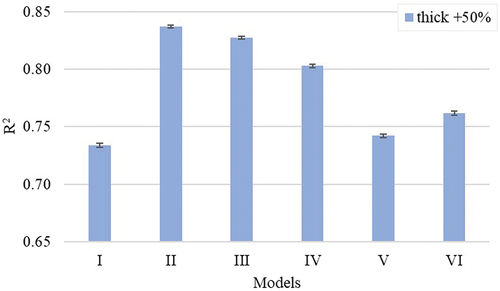
Figure 11. Performance of different yarn quality models while predicting yarn thick places + 50% (counts/km) based on MSE.
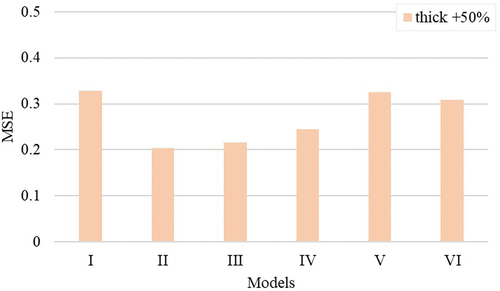
Figure 12. The amount of variation explained (R2) in yarn neps + 200 (counts/km) by different yarn quality prediction models.
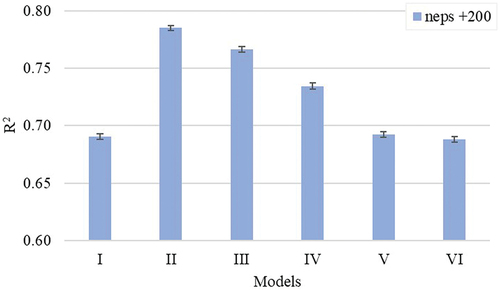
Figure 13. Performance of different yarn quality models while predicting yarn neps + 200 (counts/km) based on MSE.
